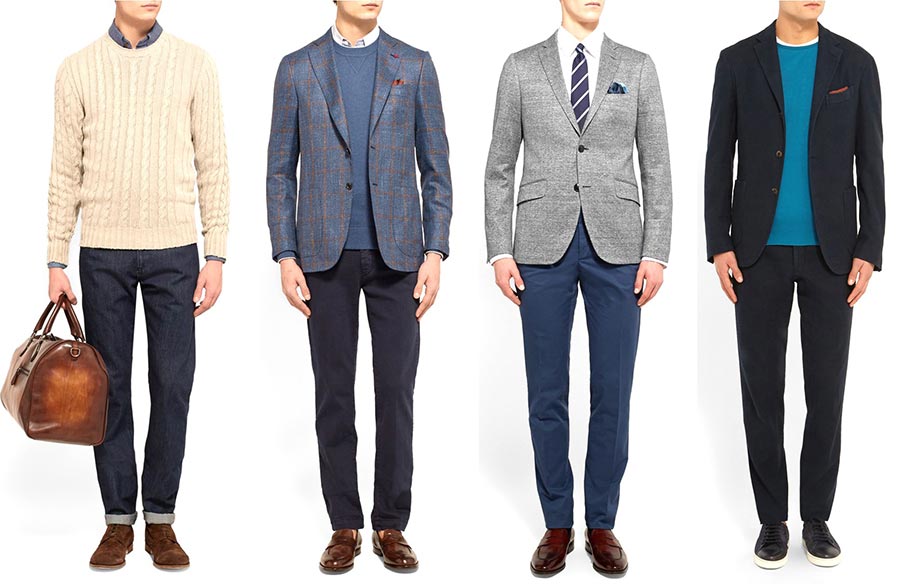630 words
3 minute read
One of the more interesting evolutions in the workplace has been the emergence of the ever-so popular “Casual Friday” trend adopted either formally or not so by many offices and worksites in Catawba County.
Not surprisingly this “Friday” trend has crept into everyday wear in the office regardless of the formality of the workplace. Bankers, attorneys, physicians, salespeople, managers all appear in what may be referred to as casual clothing either as a means of personal comfort or to “relate to customers”. It seems most companies not only allow but endorse casual dress as a means of meeting employee expectations these days.
GFB Connect decided to look more closely into some of the dress expectations of modern workplace, so we asked one of our associates, Santiago Ambroggio (MBA Graduate student at Lenoir-Rhyne University) to look into the history of Casual Friday before we look at other workplace employee expectations and interesting facts (“What happened to the ties?’, “Why do suit jackets have sleeve buttons?”, “Cuffs on Slacks – Why?”) in future issues.
Here’s what Santiago learned about how Casual Fridays came about. A bit surprising.
Originally, the concept of Casual Friday was created by the Hawaiian State Fashion Guild as a strategy to combat the hot temperatures of the region. In Hawaii, due to the warm weather, the suit business attire is seen as a very impractical dress-code in the business environment. As a solution to this problem, the State Fashion Guild began a Hawaiian Shirt campaign with the intention of making the colorful and flowered traditional shirt part of the official business attire of its employees. The immediate success of this campaign established the “Aloha Attire” as the standard dress-code for state’s workers during the summer months. By 1965, the increasing popularity of this new trend expanded beyond the summertime, creating an official weekly-mini event in Hawaii, the “Aloha Friday”.

What Hawaiians did not imagine back then was that Aloha Friday would echo all around the world imposing a new culture among businesses! During the ’90s, this new cultural phenomenon gained popularity in the rest of the United States, after being pioneered by Hewlett-Packard in the 1950s. A large number of American companies adopted this revolutionary dress-code concept not as a solution for hot temperatures but as a strategy to raise employees’ morale without having to increase salaries during the time of economic recession. With the warm welcome casual Friday received in the business culture, the American clothing company, Levis identified a new opportunity. Levi’s visualized the perfect chance to launch “A Guide to Casual Business Wear” promoting the khakis line of its most recent acquisition, Dockers brand. The guide was sent to 25,000 human resources managers across the country. Levi’s found the right idea, at the right time. Currently, casual Friday is still an active concept used in a large number of companies and firms to promote a comfortable business environment in their offices.
Next Friday morning, when you are dressing up to go to work in a casual style, wearing khakis pants and a shirt without a necktie, remember to thank Hawaii for the creation of the Aloha Attire!
Nice to know the history. But what about the impact? Truly a morale booster? Does productivity soar on Fridays? What about as a recruiting tool to attract today’s graduating students?
Does anyone have a clear definition of exactly what “causal dress” means, what it includes and excludes? What about the derivation of “business casual” or “country club casual”?
Look for answers in future brief articles of “GFB Monthly”. Fun stuff to learn about!
Bibliography
Garber, M. (2016, May 25). Casual Friday and the ‘End of the Office Dress Code ‘. The Atlantic.
By Santiago Ambroggio, MBA Candidate, Lenoir-Rhyne University